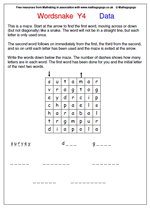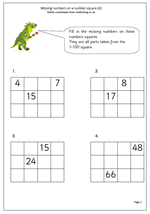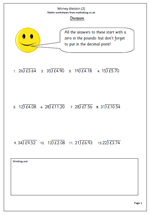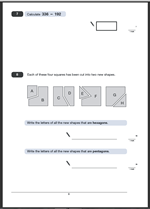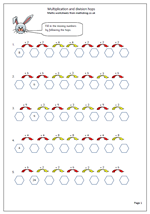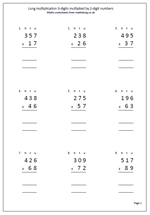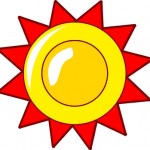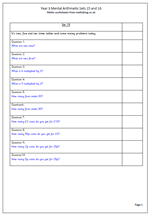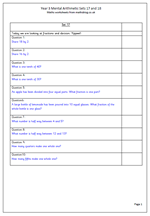 Continuing with our weekly sets of mental arithmetic questions for Year 3 children, this week we concentrate on fractions and division. Not as hard as it sounds!
Continuing with our weekly sets of mental arithmetic questions for Year 3 children, this week we concentrate on fractions and division. Not as hard as it sounds!
Many people these days think that as well as learning tables, children should learn their division facts. So they will know the 5 times table:
1 x 5 = 5, 2 x 5 = 10, 3 x 5 = 15 etc
but they should also know 15 divided by 5 = 3 etc.
The questions also look at finding tenths of numbers (divide by 10) and finding numbers which are half way between two consecutive numbers. Getting these correct will show a good understanding of number.
